IEEE General Paper Format Guidelines
When you’re submitting a research paper to an IEEE journal, format your paper according to the general guidelines below:
- Use either an A4 or letter-sized paper
- Employ a two-column format for the main body of your text
- Times New Roman font is commonly used
- The recommended IEEE research paper format font size is 10-12 pt.
- Your top margin should be between 0.75-1 inch, and set bottom margin to 1 inch
- Your side margins should be between 0.625 and 0.75 inch
- Center your title at the top of the first page
- Use a larger font size, like 14-16 points, for your title
- Do not include page numbers
Order of Sections
Similar to other common research paper formats, an IEEE style paper follows the typical order of sections:
- Title
- Author(s) information
- Research Paper Abstract
- Keywords
- Introduction Section
- Related Work (or Literature Review)
- Methodology
- Experimental Results (or Results)
- Discussion Section
- Conclusion Section
- Acknowledgments (optional)
- References
Remember that the title page isn’t required for research papers submitted to the IEEE publication. As mentioned before, it comes at the top of the first page.
In the next section, you’ll find official IEEE research paper templates. You’ll clearly understand how to format the title and other sections of your research paper.
IEEE Research Paper Format Template
Below, you will find a template that you can use to format your research paper before submission to an IEEE publication. The template is officially provided by the IEEE standard for scientific papers.
If you want guidance with a paper you’re submitting in a conference proceeding, take a look at this official IEEE conference paper example PDF.
Remember that IEEE is the publisher of a number of research papers, journals, and other publications. It provides templates for submitting papers to different journals. You can visit their template selector to look for the format that you require.
How to Format Headings
In IEEE research paper format, headings are typically formatted as follows
- Level 1 headings are centered with bold Roman numerals, using small caps and title case.
- Level 2 headings are on the left, bolded with capital letters, and written in italics.
- Level 3 headings are indented, bolded with regular numbers, and written in italics.
- Level 4 headings are indented more, bolded with small letters, and written in italics.
- Level 5 headings are indented even more, bolded with small Roman numerals, and written in italics.
Level | Format |
Level 1 | I. ???????????? Indented new line for text |
Level 2 | A. Subsection Heading Indented new line for text |
Level 3 | 1. Sub-subsection Heading: Same line for text |
Level 4 | a) Sub-sub-subsection Heading: Same line for text |
Level 5 | i) Sub-sub-sub-subsection Heading Indented new line for text |
Format for IEEE Research Paper Abstract
The abstract is a summary of your paper and IEEE format requires that you include it in your research paper. Here's how you should format it:
- Heading: The abstract itself should be placed directly below the title of the paper, without any additional heading. The abstract starts with just the word “Abstract”. Italicize it and place an em dash after Abstract—.
- Length: Keep it concise, usually around 150 to 250 words.
- Structure: Write it in a single paragraph, without indentation.
- Keywords: Include 3 to 5 relevant keywords below the abstract. These help others find your paper in databases.
IEEE In-Text Citation Format
IEEE uses a numerical system for in-text citations. Each source cited in the text is assigned a unique number, which corresponds to the full citation in the reference list.
- Citations are typically placed in square brackets [1], [2], [3], etc., within the text at the end of the sentence or clause that includes the cited information.
- Citations should be numbered consecutively in the order they appear in the text. You should start from [1] and continue throughout the paper.
- If you’re citing multiple sources within the same brackets, separate the numbers with commas [1], [3], [5].
Here are some examples:
|
IEEE Reference Format
For every source you cite in the body of your research paper, you will include a corresponding reference list entry at the end of your paper. The reference page should be formatted as:
- Center the heading “References” at the top of the page, in bold and without quotation marks
- Use a single-spaced format with a blank line between each reference.
- Use a smaller font size compared to the main text (usually 8-10 points).
- List references in numerical order based on their order of appearance in the text.
- Begin each reference with a hanging indent (i.e., the first line is flush left, and subsequent lines are indented).
Check out the following IEEE research paper format example reference page.

IEEE Research Paper Examples
Studying IEEE research paper examples helps you grasp the IEEE format better. You get valuable lessons about how to structure, style, and present your work effectively.
For an in-depth overview of digital twin technology, you can explore this IEEE paper example titled 'Digital Twin: Enabling Technologies, Challenges, and Open Research'.
In closing,
Our blog offers essential tools for mastering IEEE formatting. Thoroughly read our guide, and you’ll surely benefit from clear guidance and practical IEEE paper format PDFs to prepare your research papers.
With the help of easy instructions on how to format your research papers in IEEE format, we’re sure that our blog has equipped you with the information you were looking for. But, we understand that seeking professional help is always a better idea!
Get in touch with SharkPapers.com's top-notch research paper writing service. We have a team of seasoned academic writers who know the ins and outs of IEEE and other common paper formats.
With our paper writing service online, you can get original and well-cited papers in no time.
You can trust their expertise in research writing, as they’re from commendable academic backgrounds with years of experience.











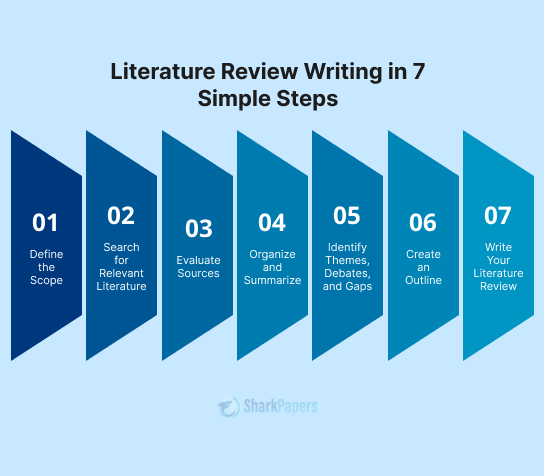





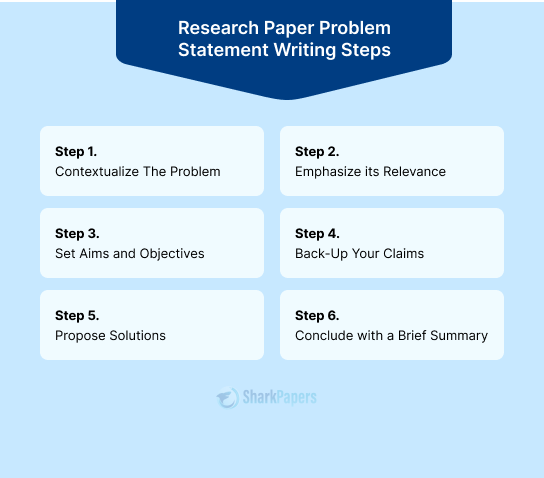
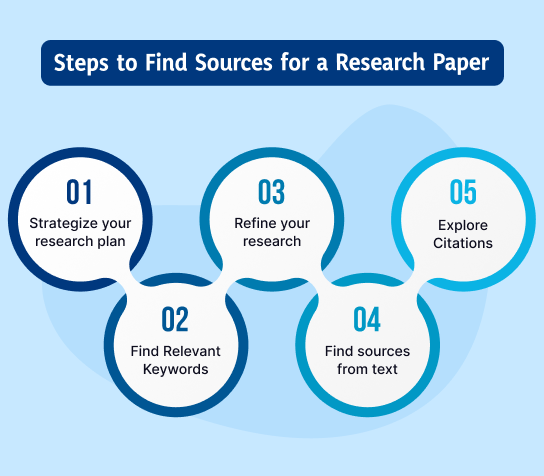
)






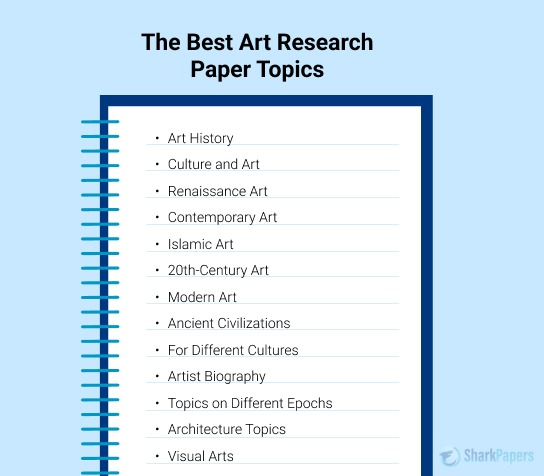



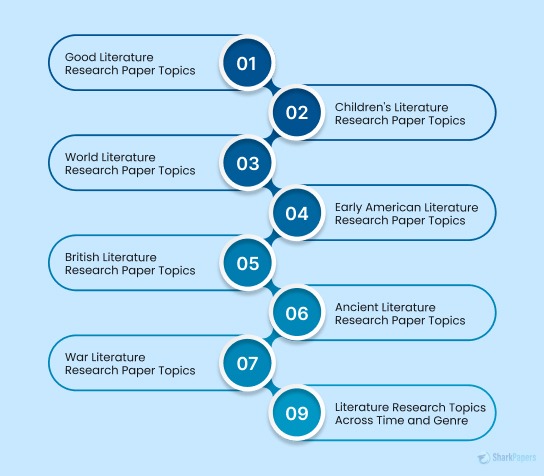




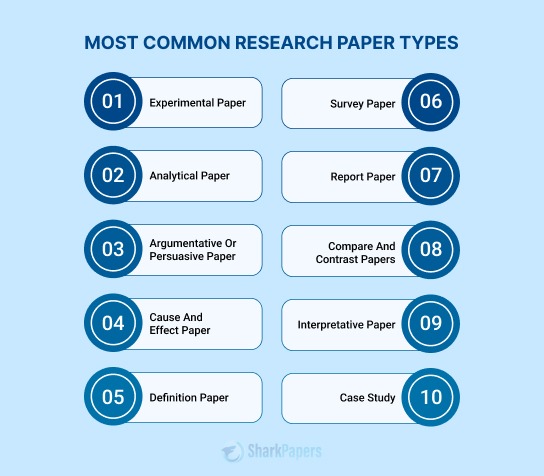

















-12114.jpg)













 Not seeing it? Check Promotions or Spam — inboxes get protective.
Not seeing it? Check Promotions or Spam — inboxes get protective.